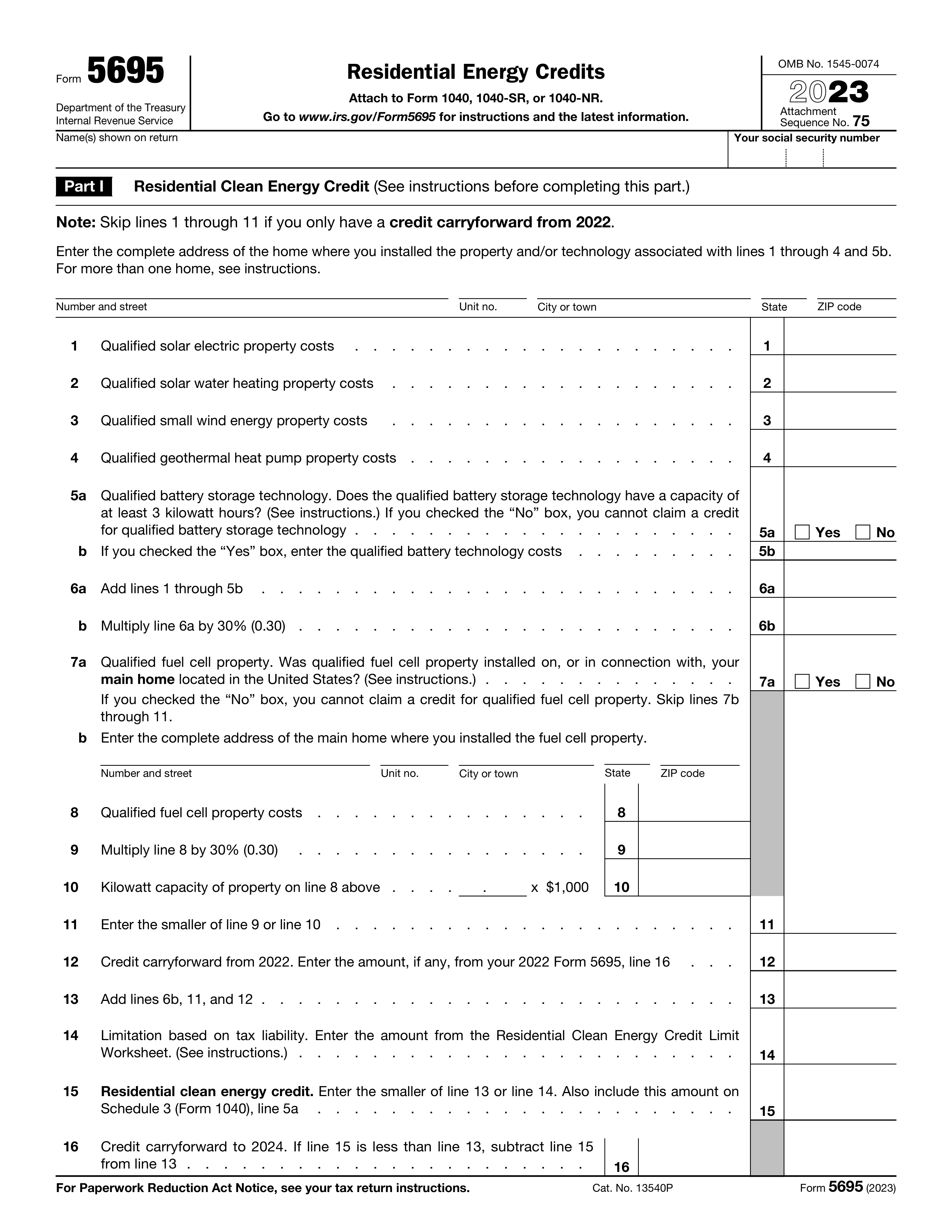What is an 8300 form?
Form 8300 is a crucial document for businesses and individuals who receive more than $10,000 in cash from a single transaction or related transactions. It's a way to report large cash payments to the IRS and the Financial Crimes Enforcement Network (FinCEN), helping in the fight against money laundering. Businesses need to fill out this form within 15 days after receiving the cash to comply with federal regulations and avoid penalties.
What is an 8300 form used for?
Form 8300 is a crucial document for reporting cash transactions. Here's what it's used for:
- To report cash payments over $10,000 received in a trade or business.
- To identify suspicious transactions that might signal money laundering.
- To assist in financial data collection by the government.
How to fill out an 8300 form?
- 1
Start by entering your personal or business name, address, and identification number at the top of the form.
- 2
Detail the transaction in the next section, including the date, amount, and type of currency used.
- 3
Identify the individual from whom the cash was received, providing their name, address, and Social Security or taxpayer identification number.
- 4
If applicable, describe the nature of the transaction in the section provided.
- 5
Review the form for accuracy, then create an electronic signature to certify the information.
- 6
Download the completed document for your records.
Who is required to fill out an 8300 form?
Businesses receiving more than $10,000 in cash from a single transaction or related transactions must fill out Form 8300.
The IRS and FinCEN use Form 8300 for anti-money laundering and tax compliance purposes.
When is an 8300 form not required?
Form 8300 is not a requirement for individuals making personal transactions that are not related to a trade or business. If you're simply transferring funds between personal accounts or making large purchases for personal use, this form doesn't apply to you.
Non-profit organizations are also generally exempt from submitting Form 8300, as their transactions are not considered business-related. However, it's crucial for such entities to maintain clear records to distinguish between personal and business transactions.
When is an 8300 form due?
The deadline for Form 8300 is within 15 days after the transaction date.
This means if you receive a cash payment over $10,000, you need to submit Form 8300 to the IRS no later than 15 days from the date you received the payment. This ensures compliance with tax regulations.
How to get a blank 8300 form?
To get a blank Form 8300, just visit our platform where the template is pre-loaded in our editor, ready for you to fill out. Remember, our website helps you fill out and download your form, but not file it.
How to sign 8300 form online?
To sign Form 8300 online, start by opening the form in PDF Guru's editor. Fill out the necessary fields with your information.
After completing the form, use PDF Guru's feature to create a simple electronic signature. Click 'Done' to download your signed document.
Where to file an 8300?
Form 8300 must be submitted to the IRS if over $10,000 in cash is received in business transactions. It can be filed both online and by mail.
For online submissions, use the IRS e-file system. To file by mail, send the completed form to the IRS address listed on the form instructions.





